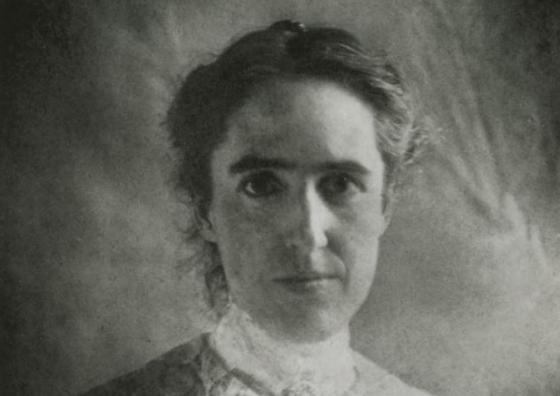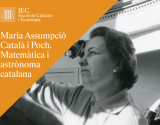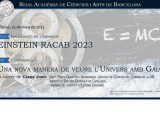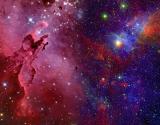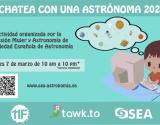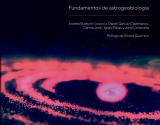The astronomer Carme Jordi (ICCUB-IEEC) will introduce the figure of Henrietta Leavitt during the third edition of «Science women reunited in history», an initiative with the goal of bringing attention to some of the female scientists that have been overlooked by textbooks, scientific papers and media throughout history, delving into the social context in which they developed their work.
Henrietta Swan Leavitt lived during the first half of the 20th century and she worked at Harvard Observatory, where she was part of the “female computing” group. For years, she took measures of the variation of the luminosity of some stars in the Magellanic Clouds, which led her to discover the connection between the luminosity of stars and their variation period. Scientists use this relation nowadays to compute the distances to galaxies, allowing us to measure the Universe.
TALK: «HENRIETTA LEAVITT, THE SEED TO DISCOVER THE EXTRAGALACTIC WORLD»
In this talk, we will describe the figure of Henrietta Leavitt in the context of her time and her work at Harvard Observatory. We will also describe the discovery of the relation between the luminosity variation period of starts and said luminosity, which is still used today to measure the distances in the Universe. Her discovery stirred a great debate in 1920 on whether all the observable stars belonged to the Milky Way or there were other galaxies in the Universe. They did not reach any conclusions. Now we know that stars are part of galaxies and that there are millions and millions of them in the Universe; our galaxy is just one of many.
Henrietta Leavitt was a sickly woman who died young and did not have her discovery awarded with a Nobel Prize, as deserved. Without her discovery, we would not have sized up the Universe.
By Carme Jordi (ICCUB-IEEC)
When? Tuesday, February 8 at 5 PM
Where? Aula Ramón y Cajal de l'Edifici Històric de la Universitat de Barcelona
Free activity, with priority to members of Alumni UB. Registrations here.
About the author
Carme Jordi is an astronomer, professor in the Department of Quantum Physics and Astrophysics and the Institute of Cosmos Sciences at the University of Barcelona, and a member of the Institute of Space Studies of Catalonia. His research focuses on the space mission of the European Space Agency (ESA), Gaia, which aims to create the largest and most accurate three-dimensional map of our Galaxy by conducting a survey of one billion stars with unprecedented accuracy in position and movement. Carme Jordi is also an active science disseminator; she participates in the "Toc-Toc" program of La UBDivulga, and gives talks and conferences in several centres and entities. She is also a professor at the "Universitat de l'Experiència de la UB", where she teaches astronomy for people
